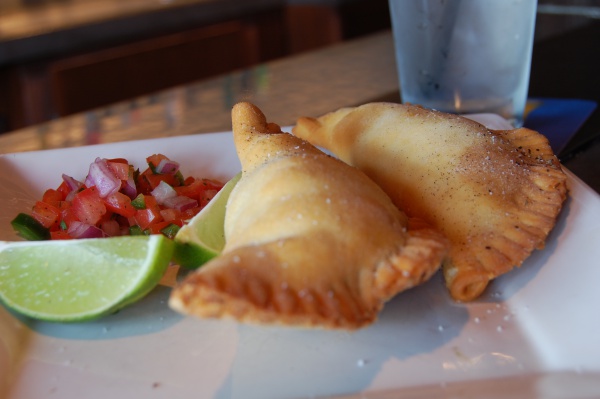Facts About Empanada
Empanadas are delectable turnovers encased in a pastry shell and filled with a variety of savory fillings such as meat, cheese, corn, or seafood. The term "empanada" derives from the Spanish verb "empanar" which means "to bread." These treats can be either baked or fried, and they enjoy popularity across Southern Europe, Latin America, Indonesia, Malaysia, Singapore, and the Philippines.
These savory delights originated in the northwestern region of Spain, particularly in Galicia. They even make an appearance in historical cookbooks like Robert de Nola’s "Llibre del Coch" from 1520. One of the joys of empanadas is how each country and region has added its own unique twist.
Take Argentina, for example. Empanadas are a staple at gatherings there, available in a myriad of flavors. In Belize, they're known as "panades" and are made from corn dough with fillings such as fish, chicken, or beans. Cape Verde has "pastéis" often stuffed with spicy tuna.
In the Philippines, there is a rich diversity of empanada varieties. Options include fillings of ground beef, pork, or chicken, and they can be either baked or fried. Each region boasts its own variation, like the Ilocos empanada filled with green papaya and mung beans, or the Bulacan empanada de kaliskis, celebrated for its flaky, multilayered crust. The Tausūg people also have their version, "pastil" which features different fillings.
In the United States, empanadas have gained substantial popularity, especially in areas with significant Hispanic communities such as New York City, New Jersey, Miami, San Antonio, and Los Angeles. Most of the empanadas found in the U.S. are influenced by South American recipes.
Empanadas share similarities with other savory pastries you might know, such as pirozhki, samosas, knishes, and calzones. They are versatile, beloved, and ideal for a quick, flavorful bite, no matter where you are.

 France
France